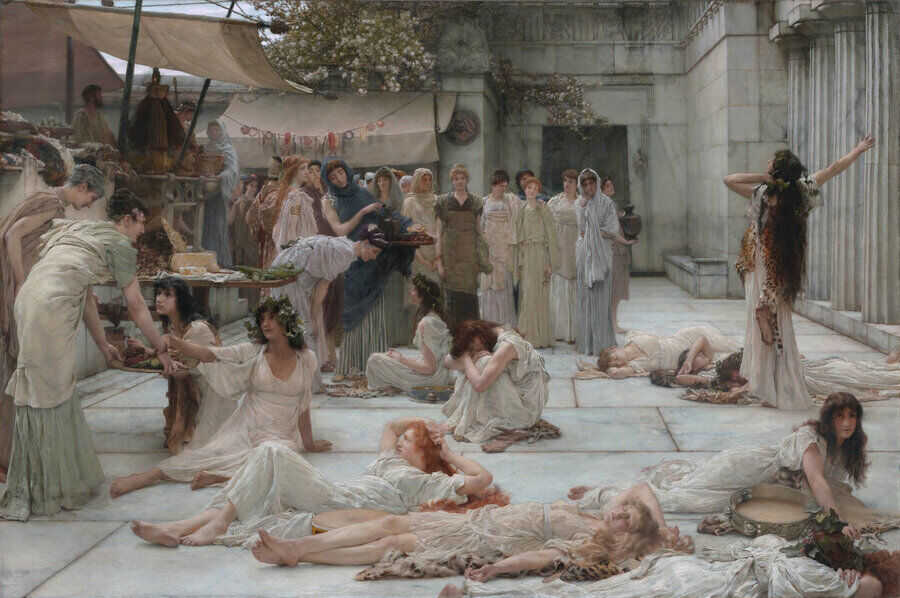Welcome to Space Station Laurasia! All passengers and crew members receive a personal device called a Lyceum, which serves as a journal to record and share information with family and friends via neutrionic mobile or desktop devices back on Earth’s surface. This is the Lyceum of Raymond Sheen.
June, 2025
Did some rearranging. Nothing too serious. Took all day.
Added
Appendix: Laurasia (Print), (Mobile)
Religion: Paganism/Neopaganism (Print), (Mobile)
Religion: Indigenous/Traditional (Print), (Mobile)
Religion: Baháʼí Faith (Print), (Mobile)
Religion: Zoroastrianism (Print), (Mobile)
Religion: Jainism (Print), (Mobile)
Religion: Sikhism (Print), (Mobile)
Appendix: Akio Tsukino (Print), (Mobile)
Chapter 1 - Aboard Laurasia (Print), (Mobile)
Search Engine
Religion (Print), (Mobile)
Religion: Buddhism (Print), (Mobile)
Religion: Christianity (Print), (Mobile)
Religion: Confucianism (Print), (Mobile)
Religion: Hinduism (Print), (Mobile)
Religion: Islam (Print), (Mobile)
After the global revolution and prior to the great destruction much of the internet was preserved by the Ministry of Science and Technology (MoST). Sounds and visions from planet Earth were cherished on long excursions aboard Laurasia. Especially as a sleep aid, but also for entertainment. This - is Aerosmith.
Museum
Selections of art taken from Chris Lehrer's Lyceum under the heading: Window to the Past.
The Women of Amphissa, by Sir Lawrence Alma-Tadema: 1887
Radio Laurasia
Listen to Soma FM streaming radio, a favorite of the space station Laurasia since the global revolution. You may or may not have to download the free Winamp or Real audio player.


